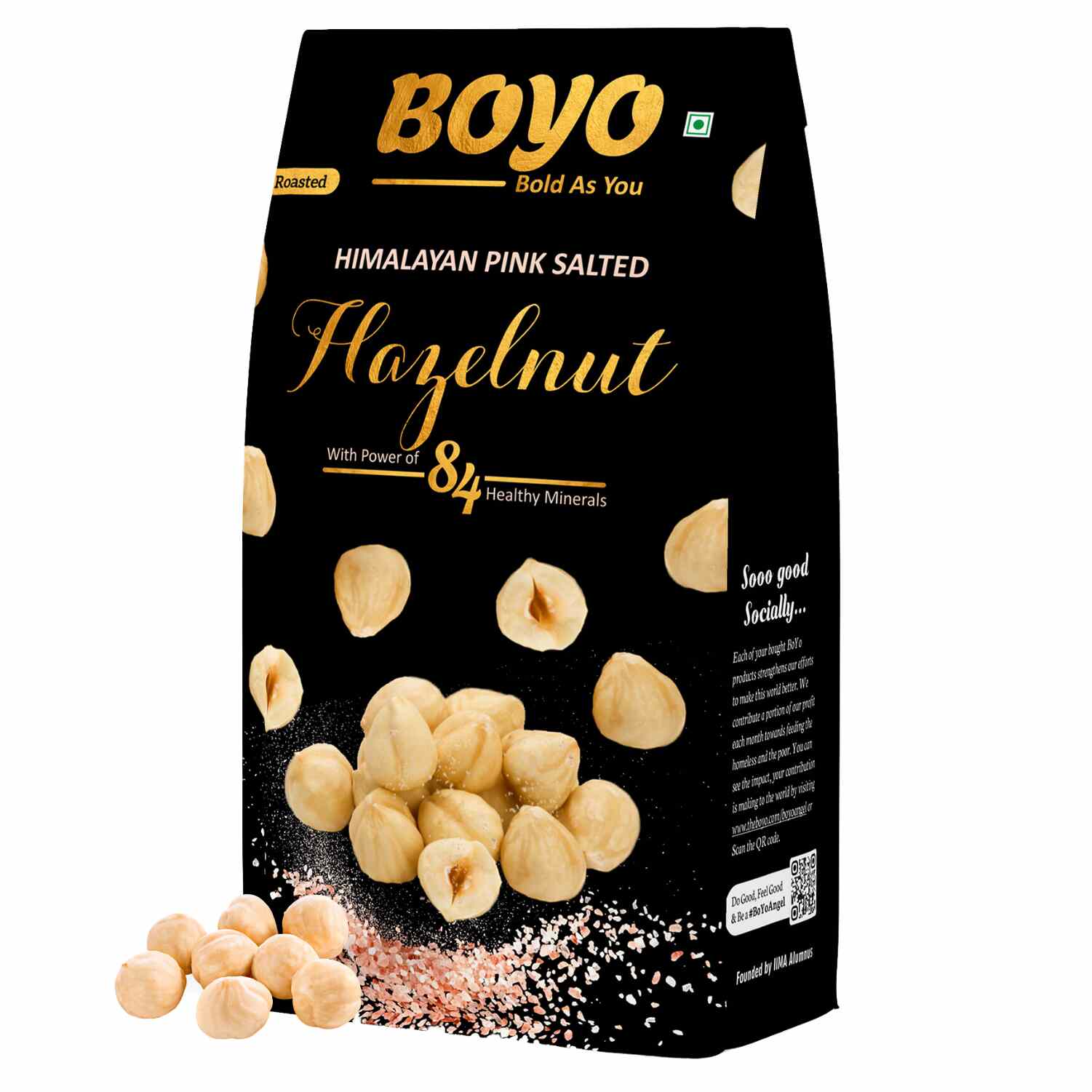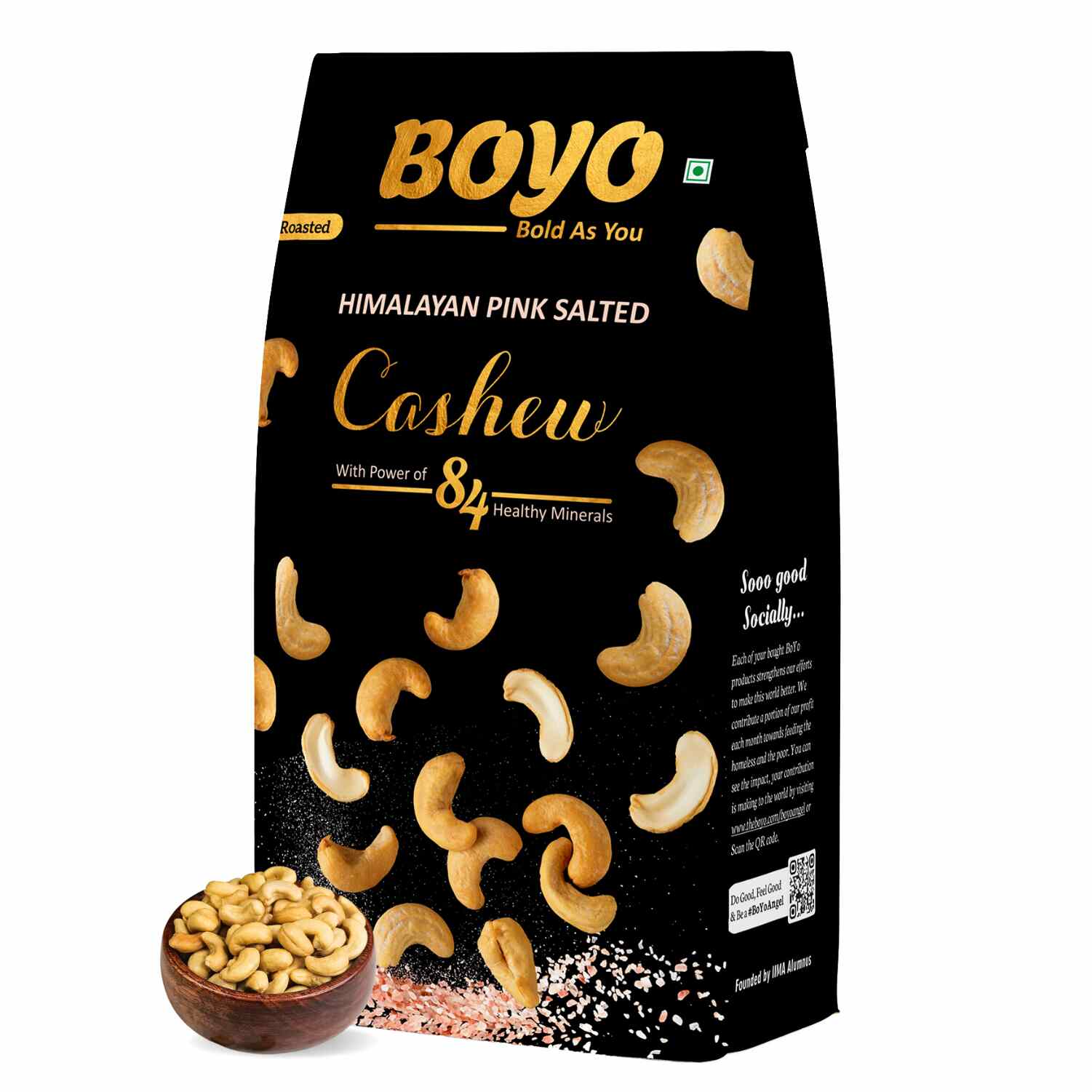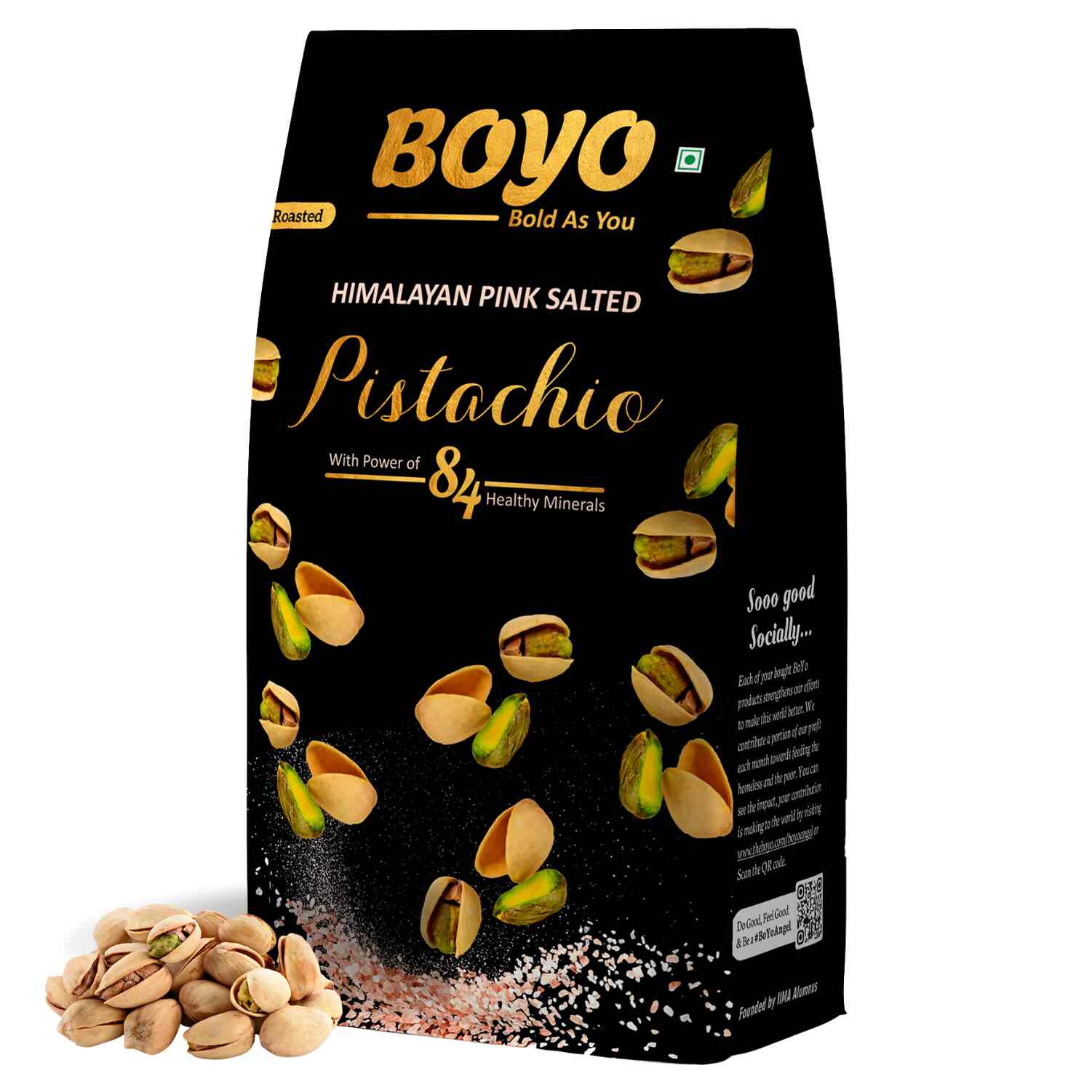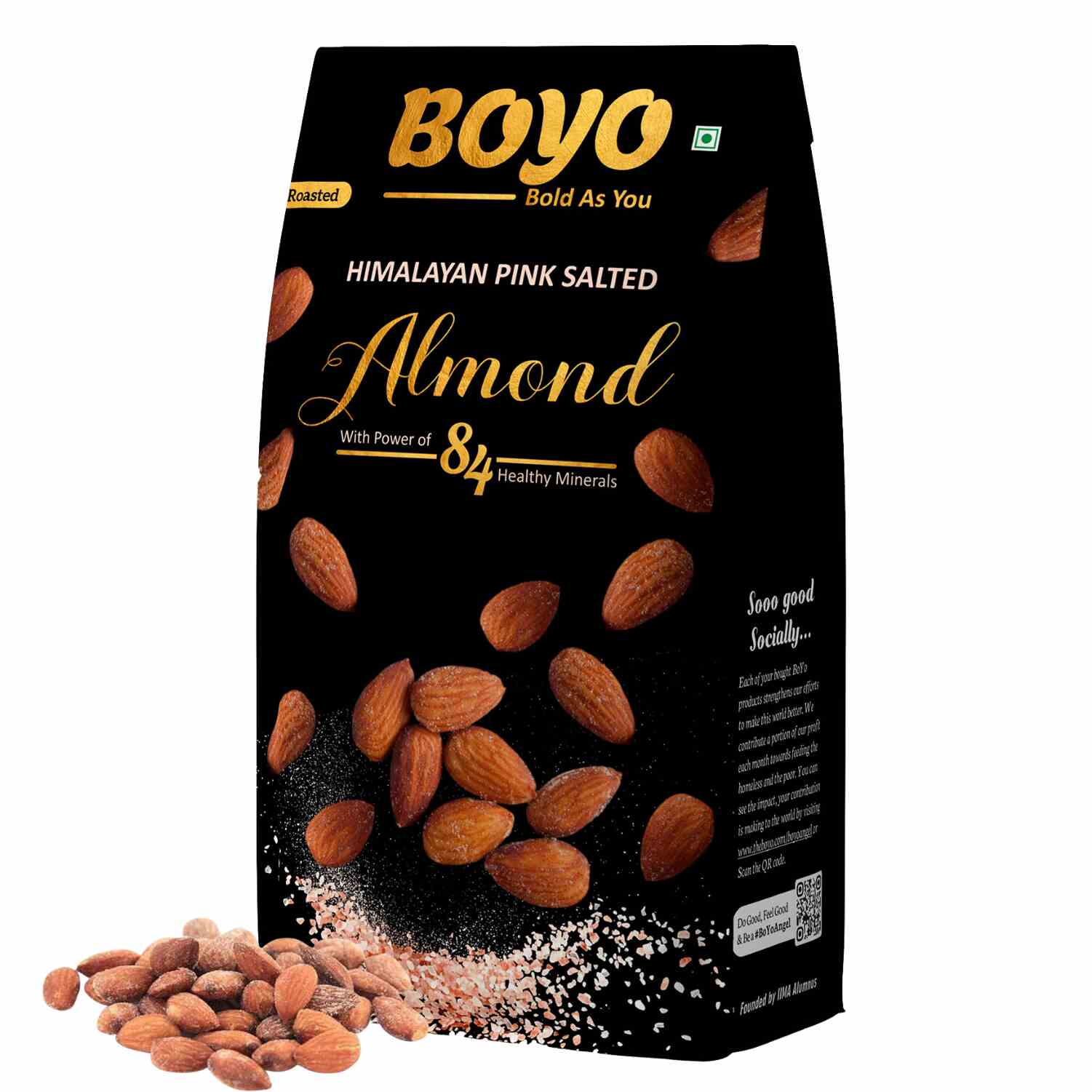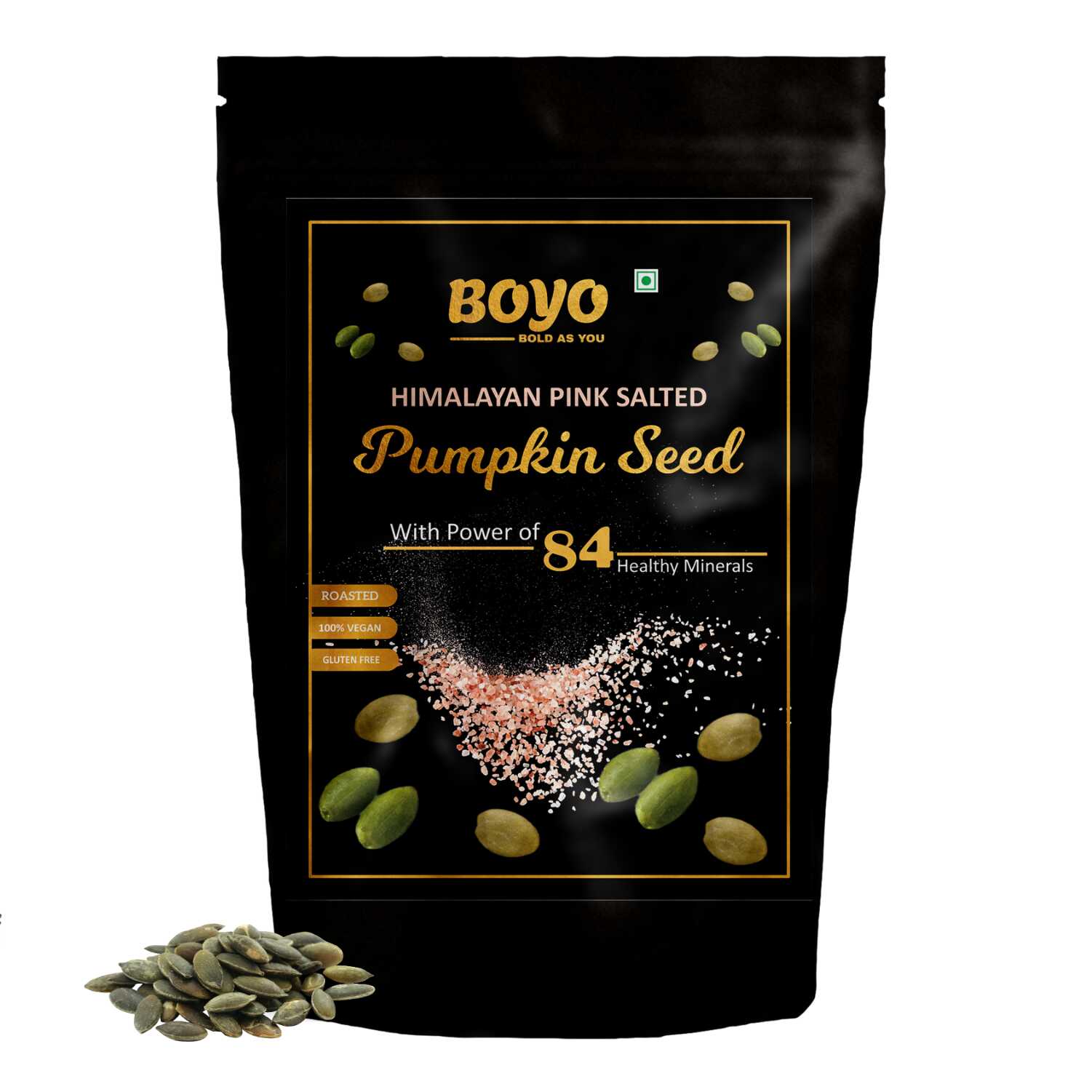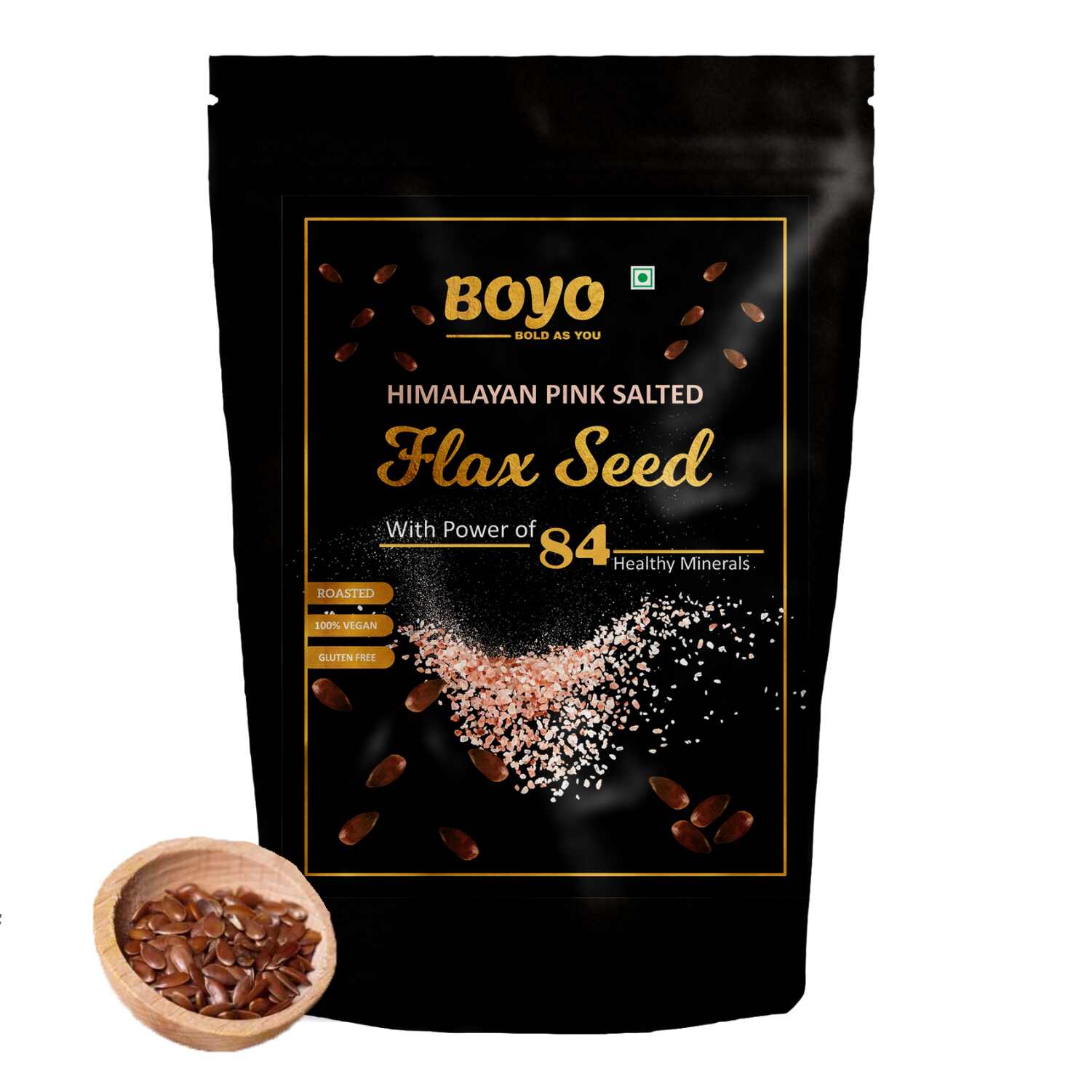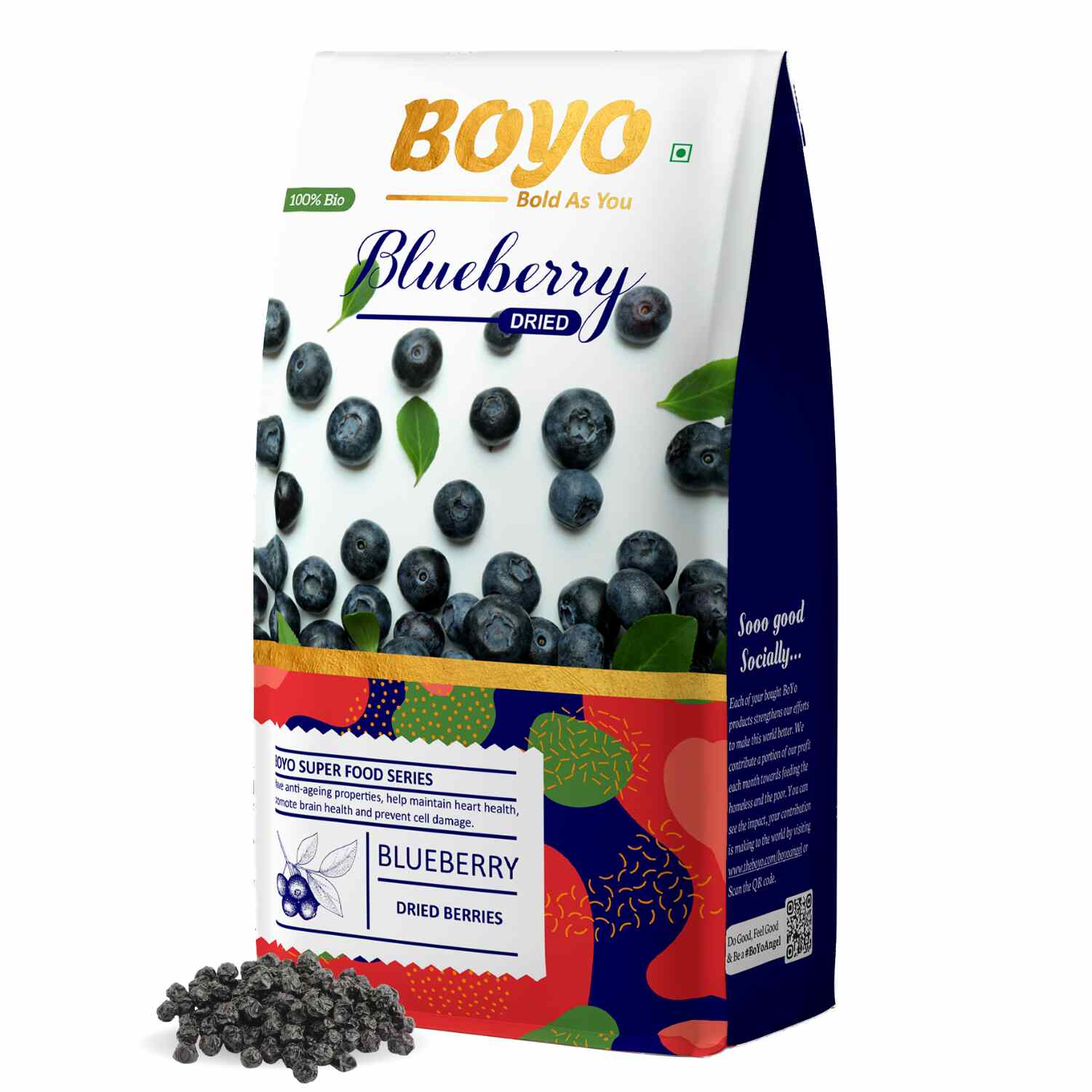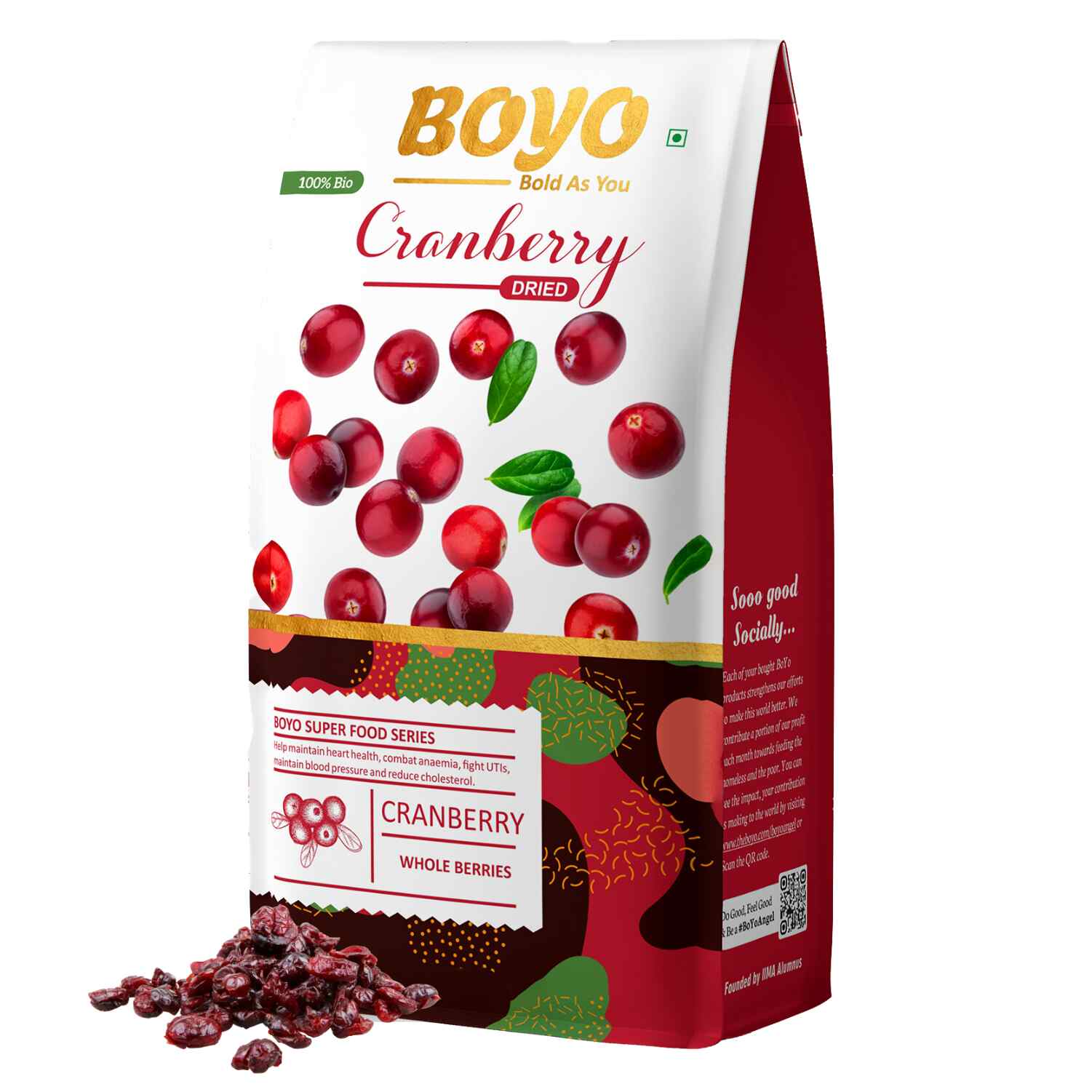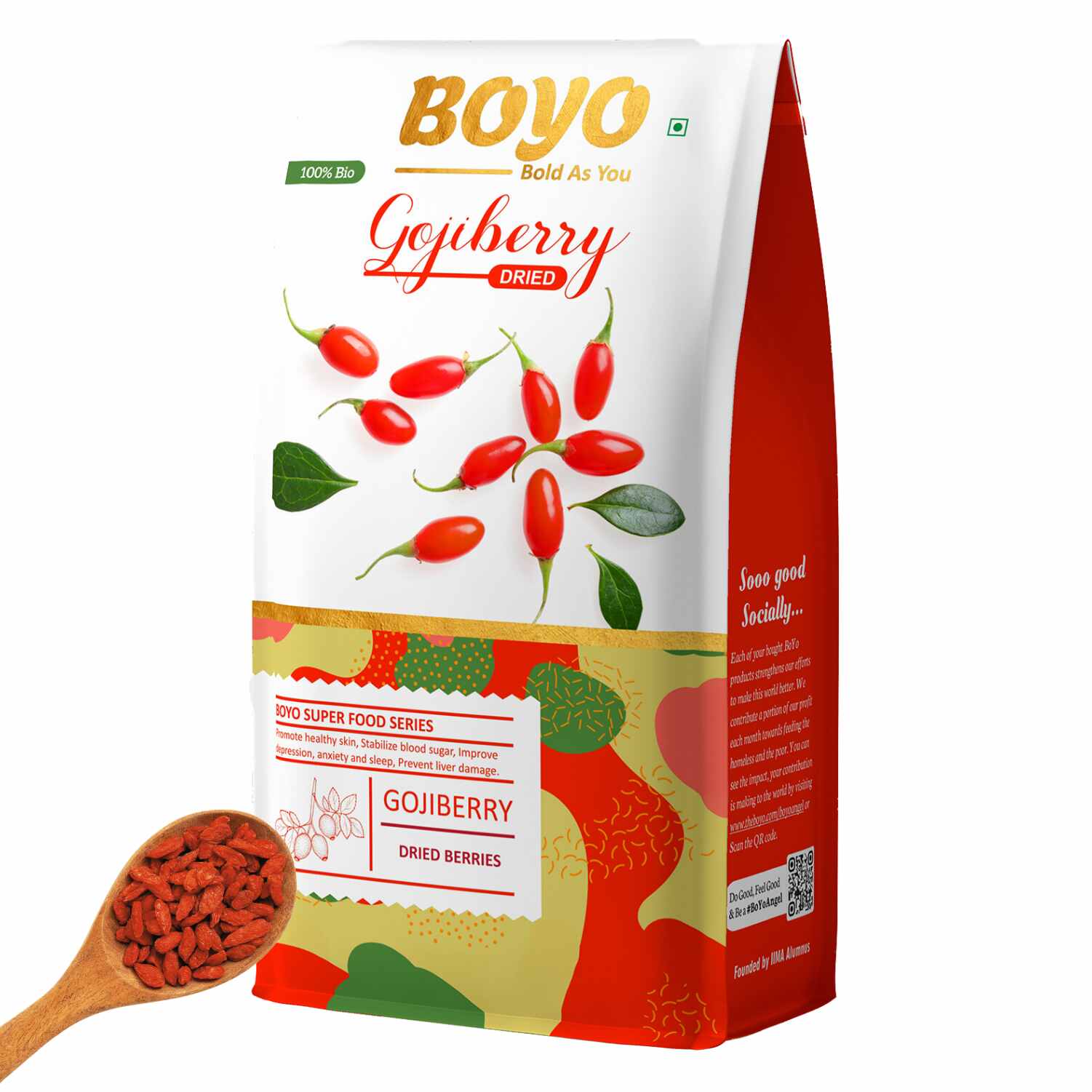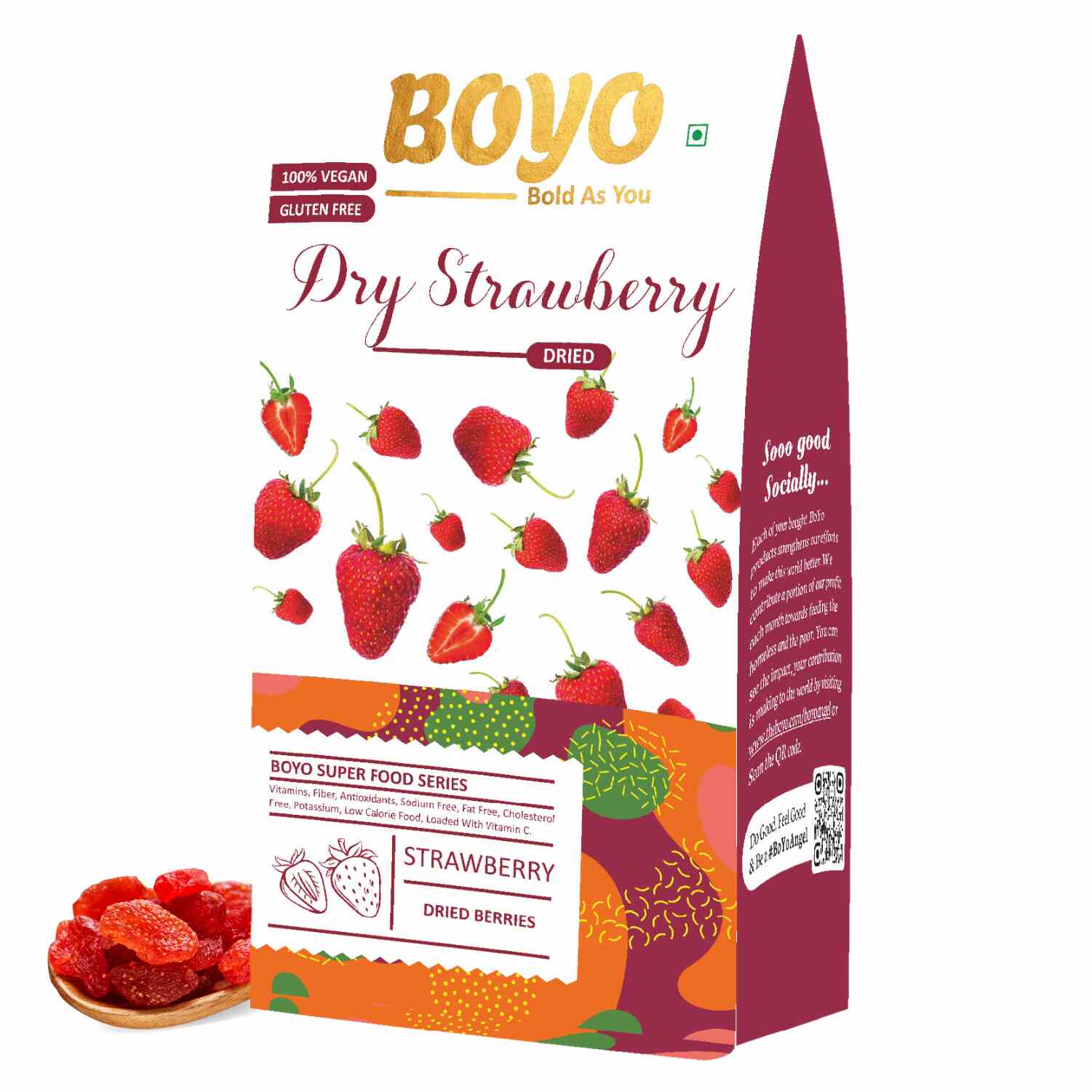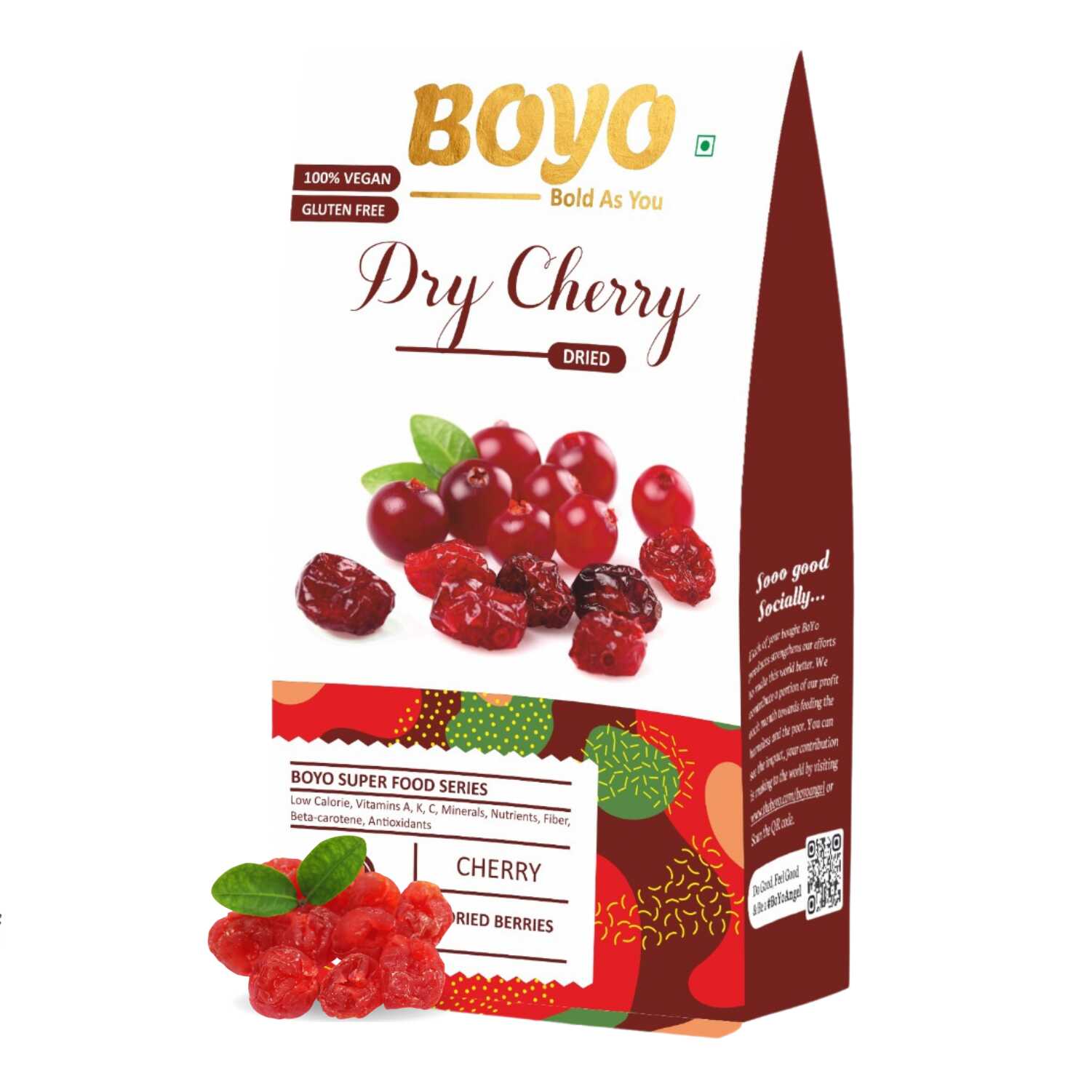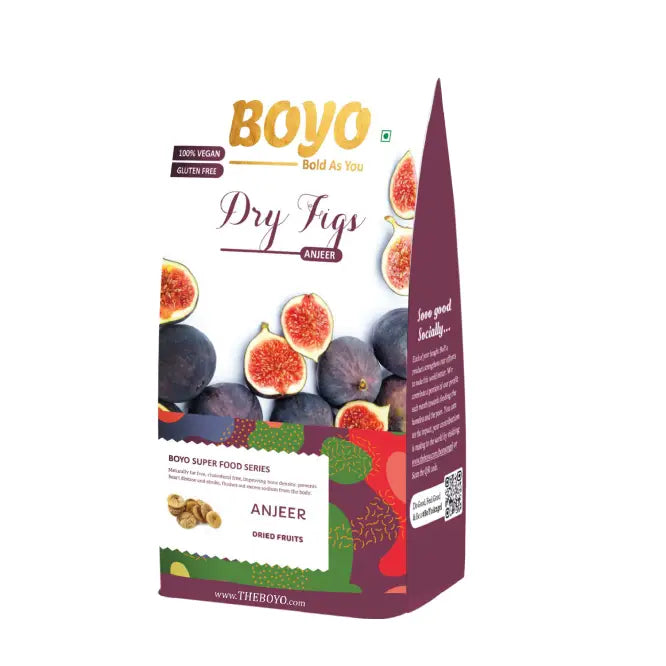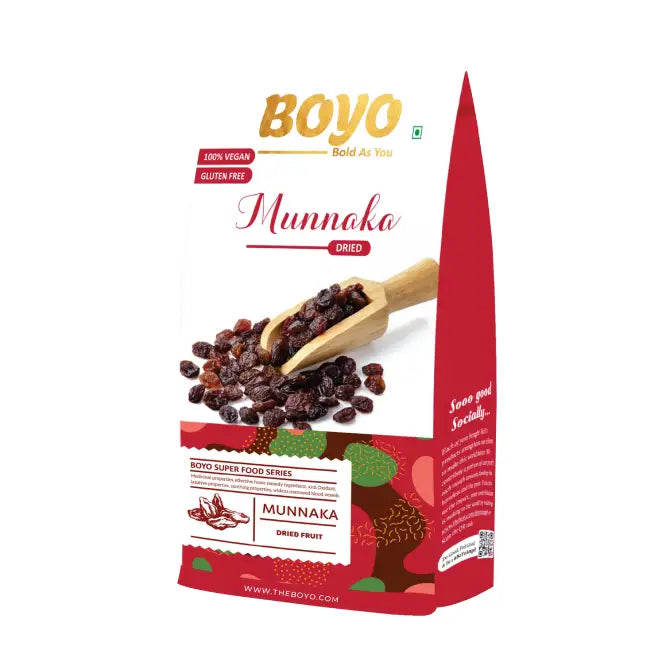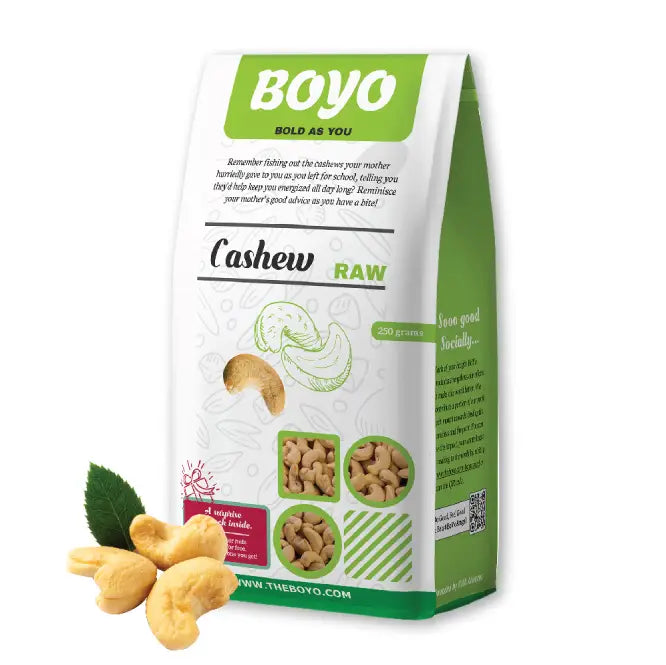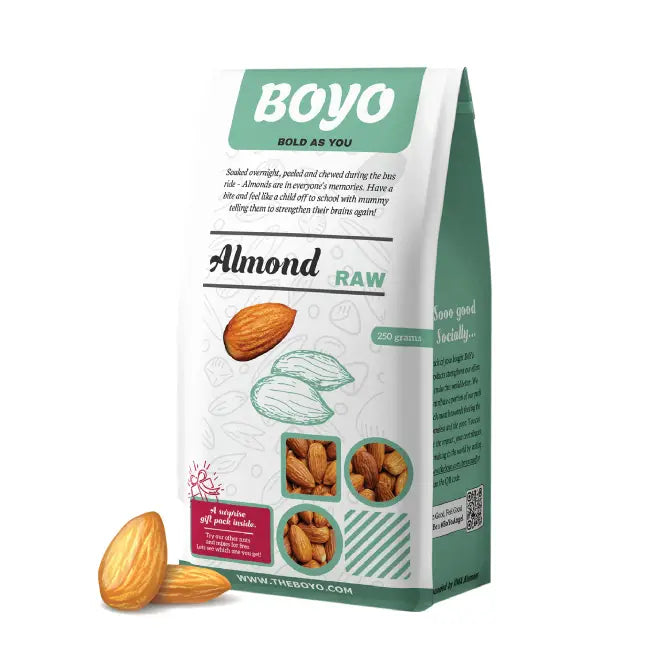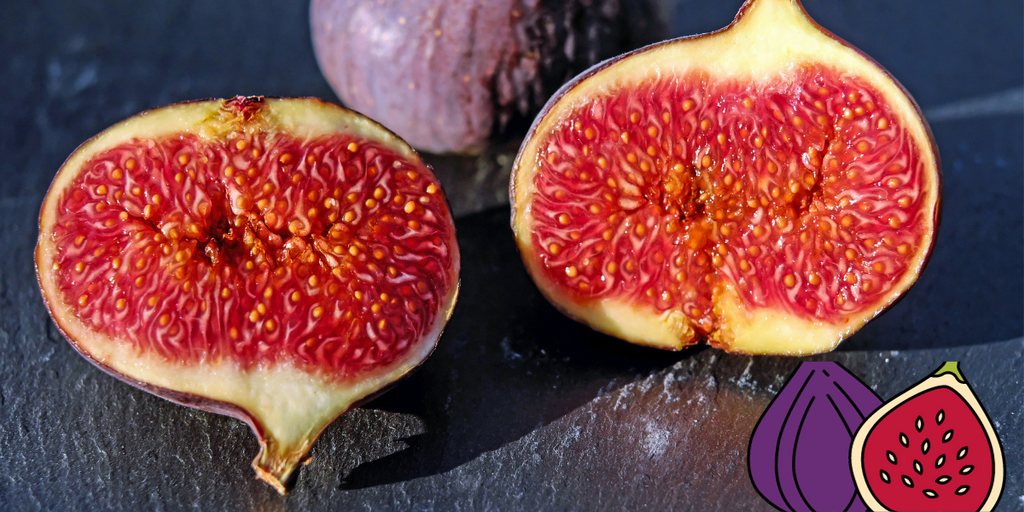
Dried Figs: Nature's Sweet Treat with Health Benefits

What is fig?
A fig is a fruit that comes from the ficus tree, belonging to the Moraceae family. Figs are unique in that they are not classified as typical fruits but are, in fact, an inverted flower. The outer skin of a fig is smooth and can range in color from green to purple or black, depending on the variety.
The interior of a fig is a captivating blend of crunchy seeds and succulent flesh. Figs are known for their luscious, honey-like flavor and are often enjoyed both fresh and dried. In dried form, they are a popular and nutritious snack, offering a concentrated source of essential nutrients.
Rich in fiber, vitamins, and minerals, figs have been a part of human diets for centuries. They not only provide a delightful burst of sweetness but also contribute to a healthy and well-rounded nutritional profile. Figs have found their way into various cuisines, desserts, and even savory dishes, showcasing their versatility and delectable taste.
Introduction
Embarking on the beautiful journey of pregnancy brings with it a myriad of questions about nutrition and well-being. One often overlooked gem in the realm of prenatal nutrition is the humble dried fig. In this guide, we will delve into the multitude of benefits that make dried figs a must-add to your pregnancy diet.
Dried Fig During Pregnancy
Pregnancy demands a robust nutritional foundation, and dried figs prove to be a treasure trove of essential nutrients. Packed with folate, these dried delights contribute significantly to the baby's neural tube development, ensuring a strong start for the little one.
Fiber-Rich Goodness: A Solution to Digestive Woes
Addressing digestive concerns during pregnancy is crucial, and dried figs come to the rescue with their fiber-rich composition. Bid farewell to constipation as these delectable treats promote regular digestion, offering comfort without the need for artificial supplements.
Iron-Infused Benefits
Iron deficiency can cast a shadow over the joy of pregnancy. Fear not, as dried figs boast a significant iron content, safeguarding against anemia and ensuring both the mother and baby thrive in optimal health.
Potassium Harmony: Regulating Blood Pressure
Stable blood pressure is paramount during pregnancy, and dried figs play a pivotal role in achieving this delicate balance. With their rich potassium content, these little wonders regulate blood pressure, promoting the well-being of both the expectant mother and the developing fetus.
Increase immunity in your bone
Ensuring the baby's bones develop robustly requires a reliable source of calcium. Enter dried figs, a commendable companion with their calcium-rich profile. Incorporating these into your diet contributes to the overall skeletal development, laying the foundation for strong and resilient bones.
Natural Sweetness any without Guilt: A Healthier Sugar Substitute
Navigating sweet cravings during pregnancy can be challenging. Dried figs emerge as a delightful solution, serving as a natural sweetener that satisfies those cravings without the guilt associated with processed sugars.

Nutrition fat as per 100 gm
| Calories | 277.3KCL |
| Total fat | 0.9g |
| Saturated Fat | 0.1g |
| Monounsaturated Fat | 0.2g |
| Polyunsaturated Fat | 0.3g |
| Cholesterol | 0mg |
| Sodium | 10mg |
| Carbohydrate | 64g |
| Dietary fiber | 9.8g |
| Sugar | 48g |
| Protein | 3.3g |
How to eat dried fig in your daily diet?
Enjoying dried figs is a delightful experience, and there are several ways to incorporate these sweet and nutritious treats into your diet. Here's a guide on how to eat dried figs:
- Snacking: The simplest way to enjoy dried figs is as a standalone snack. Grab a handful of dried figs and savor them on their own for a quick and satisfying treat.
- Pairing with Nuts and Cheese: Create a sophisticated snack or appetizer by pairing dried figs with nuts and cheese. Combining the sweetness of figs with the savory richness of cheese and the crunch of nuts makes for a delightful flavor and texture combination.
- Add to Breakfast: Sprinkle chopped dried figs on top of your morning cereal, yogurt, or oatmeal. The natural sweetness of figs enhances the taste of your breakfast while providing a boost of fiber and nutrients.
- Baking and Cooking: Incorporate dried figs into your baking recipes, such as muffins, cookies, or bread. Chopped dried figs can also be added to savory dishes like salads, couscous, or grain bowls for a unique touch.
- Trail Mix: Create a homemade trail mix by combining dried figs with nuts, seeds, and other dried fruits.
- Smoothies: Blend dried figs into your favorite smoothie for a natural sweetness and added nutritional content. They pair well with various fruits, greens, and yogurt for a delicious and healthful beverage.
- Stuffed Figs: For a more indulgent treat, stuff dried figs with nuts or cheese. This can be a sophisticated addition to a cheese platter or a delightful dessert.
- Chutneys and Sauces: Use dried figs to make chutneys or sauces that can complement both sweet and savory dishes. This adds a unique depth of flavor to your culinary creations.
- Infuse in Tea or Water: Drop a few dried figs into your hot or cold beverages for a subtle and natural sweetness. This is a refreshing way to enjoy the flavor of figs without added sugars.
- Energy Bars or Bites: Make your own energy bars or bites by combining dried figs with nuts, seeds, and other wholesome ingredients. This is a great way to create nutritious snacks tailored to your taste.
Difference between Fresh and Dried Fig:-
-
Texture and Moisture:
- Fresh: They have a soft, juicy, and plump texture. The flesh is tender, and the fruit is moist.
- Dried: Drying removes most of the water content, resulting in a chewy and somewhat leathery texture. Dried figs are less juicy compared to fresh ones.
-
Flavor:
- Fresh: They have a sweet, delicate flavor with subtle notes of honey and a floral aroma.
- Dried : The drying process concentrates the sugars, making dried figs much sweeter and sometimes even caramel-like. The flavor can be more intense compared to fresh figs.
-
Nutritional Content:
- Fresh : They have a higher water content and are a good source of vitamins and minerals, including vitamin C, vitamin K, potassium, and dietary fiber.
- Dried: While dried figs retain many of the nutrients found in fresh figs, the drying process also increases the calorie and sugar content due to the removal of water. Dried figs are a concentrated source of energy and natural sugars.
-
Caloric Density:
- Fresh: Due to their high water content, fresh figs are lower in calories per unit of weight.
- Dried : The removal of water increases the calorie density of dried figs, making them more energy-dense.
-
Versatility:
- Fresh: They are often enjoyed on their own or incorporated into salads, desserts, or eaten with cheese.
- Dried: Dried figs are commonly used in baking, cooking, or as a snack. They are also popular in dried fruit mixes and can be added to various dishes.
-
Shelf Life:
- Fresh : They have a relatively short shelf life and are best consumed soon after purchase.
- Dried : The drying process extends the shelf life of figs, making them suitable for long-term storage.
Skin Benefits of Fig ( Anjeer)
Figs, both when consumed and applied topically, offer several potential skin benefits due to their nutritional content. Here are some benefits:
1. Rich in Antioxidants: Figs are loaded with antioxidants, which can help combat free radicals in the body and contribute to healthier-looking skin.
2. Moisturizing Properties: The natural sugars in figs can help to moisturize the skin, keeping it hydrated and potentially reducing dryness.
3. Vitamins and Minerals: Figs contain various vitamins and minerals, such as vitamin C, vitamin K, potassium, and magnesium, which are essential for skin health.
4. Anti-Inflammatory Effects: Figs may have anti-inflammatory properties, which can be beneficial for soothing irritated or inflamed skin conditions.
5. Collagen Production: The presence of vitamin C in figs may contribute to collagen production, promoting skin elasticity and reducing the appearance of wrinkles.
Precaution of Fig ( Anjeer)
While figs are generally considered safe for most people when consumed in moderation, it's important to note that individuals may react differently to certain foods. Here are potential side effects associated with fig consumption:
1. Allergic Reactions: Some individuals may be allergic to figs, experiencing symptoms such as itching, swelling, or hives.
2. Gastrointestinal Issues: Eating too many figs at once can lead to digestive problems such as diarrhea or stomach upset due to their high fiber content.
3. Oral Allergy Syndrome: People with pollen allergies, especially to birch or ragweed, may experience cross-reactivity and develop symptoms like itching or swelling in the mouth and throat when consuming figs.
4. Weight Gain: Figs are naturally high in sugar and calories, so excessive consumption can contribute to weight gain if not balanced with a healthy diet.
5. Blood Sugar Impact: While figs provide natural sugars, individuals with diabetes should monitor their intake, as consuming large quantities may impact blood sugar levels.
Plant of Anjeer
The plant that produces figs, including the common variety known as "anjeer" in some regions, is called the fig tree. The scientific name for the fig tree commonly used for cultivating edible figs is Ficus carica. Here are some key characteristics of the fig plant:
1. Type of Plant: The fig tree is a deciduous tree, meaning it sheds its leaves annually.
2. Size: Fig trees can vary in size, but they are typically medium to large, reaching heights of 10 to 30 feet or more.
3. Leaves: The leaves of the fig tree are palmate, meaning they are deeply lobed and somewhat resemble the shape of a hand.
4. Fruit: The fig fruit, often referred to as "anjeer," is a unique structure called a syconium. It is not a traditional fruit but rather an inverted flower structure with tiny flowers lining the inside.
5. Bark: The bark of the fig tree is smooth and can range in color from gray to brown.
6. Growing Conditions: Fig trees thrive in warm, Mediterranean-like climates. They prefer well-draining soil and plenty of sunlight.
7. Fruiting Season: The exact timing of the fruiting season can vary, but figs are typically harvested in late summer or early autumn, depending on the variety and growing conditions.
8. Cultivars: There are numerous cultivars of fig trees, each with its own characteristics, such as fruit color, size, and flavor.
Fig trees have been cultivated for thousands of years for their delicious and nutritious fruits. They are not only valued for their culinary uses but also for their ornamental qualities, making them popular in home gardens and landscapes.
Anjeer Benefits for weight loss
Conclusion
In embracing the benefits of dried figs during pregnancy, you're not just adding a delicious element to your diet; you're nurturing a healthier, more vibrant pregnancy journey. From supporting neural development to aiding digestion and regulating blood pressure, dried figs stand out as a versatile and nutritionally dense option for expectant mothers.
the world of figs is as diverse as the fruit itself. From its ancient history to modern culinary applications, figs have woven themselves into the fabric of human culture. Whether you're a seasoned fig enthusiast or a curious newcomer, this article invites you to savor the richness of figs in all their dimensions.
FAQ:
Q1. Are dried figs safe to consume during pregnancy?
Ans Absolutely! Dried figs are not only safe but highly beneficial due to their rich nutrient profile. However, moderation is key.
Q2. How many dried figs can I consume daily during pregnancy?
Ans While individual needs vary, incorporating 3-4 dried figs into your daily diet provides a healthy balance of nutrients without excess calories.
Q3. Can dried figs help with pregnancy-related constipation?
Ans Yes, indeed. The fiber content in dried figs promotes regular bowel movements, alleviating constipation commonly experienced during pregnancy.
Q4. Are there any precautions when consuming dried figs during pregnancy?
Ans While dried figs are generally safe, it's advisable to consult with your healthcare provider, especially if you have any pre-existing conditions or concerns.
Q5. Do dried figs contribute to gestational diabetes?
Ans Dried figs have a moderate glycemic index and can be included in a balanced diet. However, monitoring overall sugar intake is essential, especially for those at risk of gestational diabetes.
















